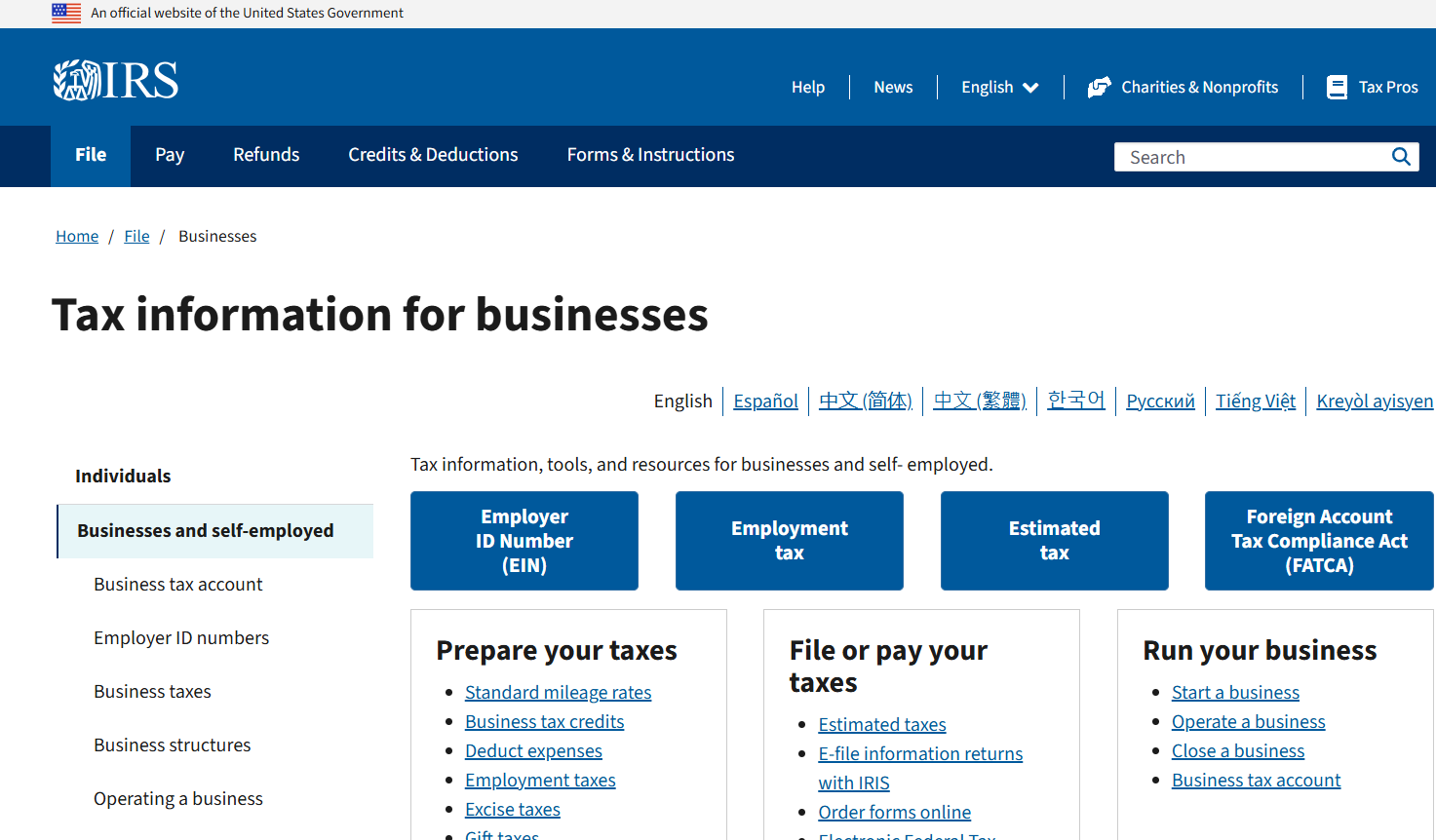One Big, Beautiful Bill - Business Tax Impacts 2025
How the Tax Act impacts businesses
The new tax legislation (the Act) signed into law on July 4, 2025 (informally known as One Big Beautiful Bill or OBBB) is comprehensive and includes key changes to business-related provisions and incentives. Navigating these changes will be complex, but understanding them is essential for effective tax planning and optimizing your position.
We recommend setting up a meeting to ensure you are well-prepared both to leverage new opportunities and to address any challenges coming in the wake of the changes made under the Act. In the meantime, please review this list, which highlights some of the major provisions impacting businesses.
• Qualified Business Income (QBI) deduction: The Act makes this deduction permanent. It also sets a minimum deduction for active QBI for "applicable taxpayers" at $400; defines an applicable taxpayer as one whose aggregate QBI for all active qualified trades or businesses for the tax year is at least $1,000; and establishes inflation adjustments for the new minimums starting in post-2026 tax years. Also, the phase-in amounts are increased from $50,000 to $75,000 for single filers and from $100,000 to $150,000 for joint filers.
• Bonus depreciation: The Act makes additional first-year (bonus) depreciation for certain qualified property permanent at 100% (under prior law, it was to phase out to zero ). This provision is effective for property acquired after Jan. 19, 2025. There is also a new 100% bonus depreciation provision for "qualified production property" (QPP, which is certain non-residential real property used in the manufacturing, production or refining of certain tangible personal property). This QPP provision is effective for property placed in service after July 4, 2025.
• 179 Expensing limits: For property placed in service after 2024, the Code Sec. 179 expensing limits are increased to $2,500,000 and the phasedown threshold is increased to $4,000,000 (both subject to inflation adjustments).
• Business interest: For post-2025 tax years, the Act modifies the definition of adjusted taxable income for purposes of the Code Sec. 163(j) limitation on business interest.
• Exclusion of gain on the sale or exchange of qualified small business stock (QSBS): The Act provides that gain on the "applicable percentage" (50% for stock held for 3 years, 75% for stock held for 4 years, 100% for stock held for 5 years) is eliminated for QSBS acquired after July 4, 2025. Also, the gain exclusion threshold is increased from $10 million to $15 million and the $50 million aggregate gross asset limit is increased to $75 million (subject to inflation adjustments).
• Enhanced manufacturing investment credit: The advanced manufacturing investment credit (also known as the semiconductor credit or the CHIPS credit) on qualified investments in an advanced manufacturing facility built before Jan. 1, 2027 is increased to 35% (up from 25%) for property placed in service after 2025.
• Information reporting, Form 1099-K: The Act retroactively reverts the Form 1099-K reporting threshold back to the pre-ARPA $20,000 and 200 transactions threshold.
• Information reporting, Forms 1099-NEC, 1099-MISC: For payments made after 2025, the reporting thresholds for Forms 1099-NEC and 1099-MISC are increased from $600 to $2,000 (adjusted for inflation after 2026).
• Gain on the sale of certain farmland property: For sales or exchanges occurring after July 4, 2025, sellers of qualified farmland property may elect to pay capital gains tax on the sale in four equal annual installments. The first payment is due with the return for the year in which the sale occurs, with the remaining payments being due with the successive years' returns (but if a payment is missed, the balance is due immediately).
• Deduction limitation for compensation of publicly held corporation executives: Under the Act, determining compensation that is subject to Code Sec. 162(m) , which limits the amounts that publicly held corporations may deduct for compensation of certain top executives to $1 million per year, is expanded for post-2025 tax years to include all members of a publicly-held corporation's controlled group and affiliated service group under Code Sec. 414(b) , Code Sec. 414(c) , Code Sec. 414(m) , Code Sec. 414(o) (which is a broader group than under the pre-Act aggregation rule).
• Corporate charitable contributions: The Act imposes a new 1% floor (in addition to the 10% ceiling) on corporate charitable deductions for post-2025 tax years.
• Excess business losses: The Act makes the Code Sec. 461(l) limit on excess business losses permanent.
• Energy efficient commercial buildings deduction: Under the Act, the energy efficient commercial building deduction terminates for the cost of energy efficient commercial building property whose construction begins after June 30, 2026.
• Cost recovery for energy property: The Act eliminates 5-year MACRS classification for energy property effective for property for which construction begins after 2024.
• Advanced energy project credit: Effective July 4, 2025, "add backs" in the event of the revocation of a project certification are discontinued.
• Advanced manufacturing production credit: The Act terminates the credit for wind energy components produced and sold after Dec. 31, 2027. It also subjects pre-Act applicable critical minerals to a new phaseout schedule and tightens the rules regarding foreign entities.
• Energy efficient home improvement and new energy efficient home credits: The energy efficient home improvement credit under Code Sec. 25C is terminated for property placed in service after 2025. The new energy efficient home credit under Code Sec. 45L terminates for any qualified new energy efficient home acquired after June 30, 2026.
• Residential clean energy credit: The residential clean energy expenditures credit is terminated for any expenditures made after 2025.
• Clean vehicle credits: The credits for new and previously owned clean vehicles terminate for vehicles acquired after Sept. 30, 2025. The credit for qualified commercial clean vehicles also terminates for vehicles acquired after Sept. 30, 2025.
• Alternative fuel vehicle refueling property credits: The credit for "alternative fuel vehicle refueling property" (such as an EV charger) terminates for property placed in service after June 30, 2026.
These are just some of the changes in the Act. We will continue to communicate key aspects with our clients.










